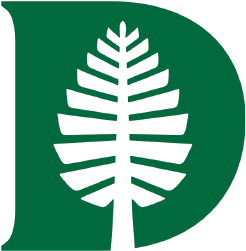| MirGeneDB ID | Obi-Mir-2-o21 |
|---|
| Family name |
MIR-2 (all species) |
|---|
| Seed |
AUCACAG |
|---|
| Species |
California two-spot octopus (Octopus bimaculoides) |
|---|
| MiRBase ID |
|
|---|
| Paralogues |
Obi-Mir-2-o20-v1
Obi-Mir-2-o20-v2
Obi-Mir-2-o22a
Obi-Mir-2-o22b
Obi-Mir-2-o22c
Obi-Mir-2-o22d
Obi-Mir-2-o22e
Obi-Mir-2-o23
Obi-Mir-2-o24
|
|---|
| Orthologues |
Esc-Mir-2-o21
Npo-Mir-2-o21
Ovu-Mir-2-o21
|
|---|
| Node of Origin (locus) |
Cephalopoda
|
|---|
| Node of Origin (family) |
Protostomia
|
|---|
Genome context
(PRJNA270931_OBI) |
KQ419829: 51162-51227 [-]
Ensembl
|
|---|
Precursor
(pre-Mir +30nt flank) |
UUUGUUUUUGUUUGUCUGCCAUGUCUGUUACUGACCAAGUGGUUGUGAAUGUGCUGCUAAAUUGGACUUUCAUAUCACAGCCUGCUUGGAUCAGUAACAUACUUGGUGCUUCAACGCCUUGGAAUG
Get precursor sequence
|
|---|
| Structure | 10 20 30 40 50 60
UUUGUUUUUGUUUGUCU-- U C - -| A CUGCUAAA
GCCA GU UGUUACUGA CCAAGU GGUUGUGA UGUG \
UGGU CA ACAAUGACU GGUUCG CCGACACU AUAC U
GUAAGGUUCCGCAACUUCG U U A U^ - UUUCAGGU
120 110 100 90 80 70 |
|---|
| Deep sequencing |
Go to detailed chart
|
|---|
| Comment | It is not clear either from phylogenetic or syntenic information how many Mir-2 genes were present in the last common ancestor of protostomes and how the multiple paralogues in lophotrochozoans relate to the four Mir-2 genes in arthropods. Thus all lophotrochozoan genes are classified as orphans pending further data and analysis. |
|---|
| 3' NTU |
No
|
|---|
| Motifs | UG at 5p(-14), CNNC at 3p(+17) |
|---|
Tissue expression
|
|
|---|
| Star sequence |
Obi-Mir-2-o21_5p* |
| mirBase accession | None |
|---|
| Sequence |
0- CUGACCAAGUGGUUGUGAAUGUG -23
Get sequence
|
|---|
| Mature sequence |
Obi-Mir-2-o21_3p |
| mirBase accession | None |
|---|
| Sequence |
42- UAUCACAGCCUGCUUGGAUCAGUA -66
Get sequence
|
|---|






